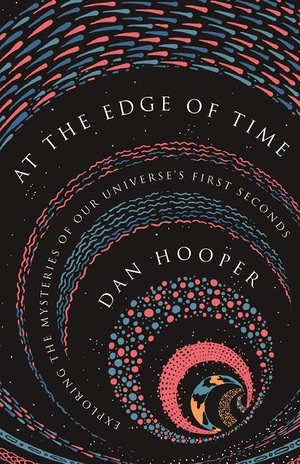Review: At the Edge of Timeby Jeff Foust
|
| “If you are looking for a story with an ending that wraps up nicely, you may have chosen the wrong book,” Hooper writes. |
Hooper, a senior scientist at Fermilab and professor at the University of Chicago, takes the reader on a tour of our collective ignorance about the early universe in his book. Understanding the earliest moments of the universe is vital to deciphering mysteries like dark matter and dark energy, as he describes in the book, including his own work on the subject: he found a signature in gamma-ray observations of the galactic center by NASA’s Fermi spacecraft consistent with one model of dark matter that could provide insights into the early universe.
There’s also the matter of matter itself—or, rather, why there’s any matter at all. “According to the math, the world should be virtually free of atoms,” he writes, since it should have been annihilated with equal amounts of antimatter. The early universe “must have been host to significant transformative events—events that we still know almost nothing about. We know this is true because if it weren’t, we would not exist.”
While many science books emphasize what we do know about the universe, the focus on Hooper’s book is on what we do not know about the early universe, despite ongoing efforts ranging from spacecraft to particle accelerators to shed light on those dark ages. He doesn’t hesitate to discuss the failures of those efforts, like a lack of detections of dark matter or high-energy subatomic particles predicted by some models.
“If you are looking for a story with an ending that wraps up nicely, you may have chosen the wrong book,” Hooper writes in the introduction. But science is a messy endeavor, with a dead ends and false alarms and backtracking; that can still be an interesting story, and this book succeeds in explaining both what we do know about the universe’s origins and what remains unknown.
Some of those mysteries may never be revealed, he suggests, because there is no way to collect the data needed: “there may one day be an end to the great line of human inquiry that we call the science of cosmology.” But scientists like Hooper aren’t giving up soon, with DAPPER just one of many efforts to help to make those dark ages a little less dark.
Note: we are temporarily moderating all comments submitted to deal with a surge in spam.
